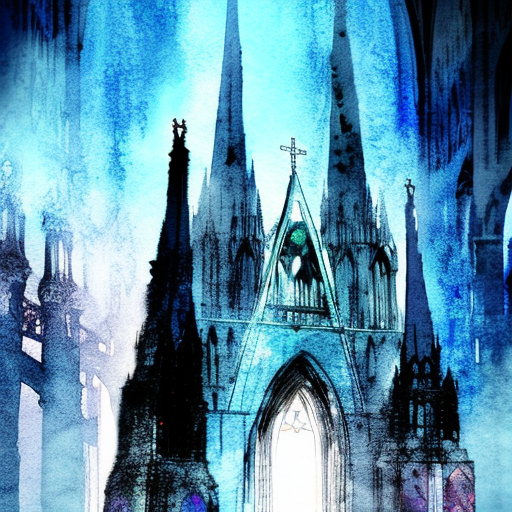One-line Summary:
In “Cathedral of the Sea,” a young serf named Arnau Estanyol rises from poverty to become a successful merchant in 14th-century Barcelona, while facing numerous challenges and witnessing the construction of the magnificent Santa Maria del Mar.
The Rise of Arnau Estanyol
Set in the 14th century, “Cathedral of the Sea” by Ildefonso Falcones follows the life of Arnau Estanyol, a young serf born into poverty in the outskirts of Barcelona. Arnau’s journey begins when he saves the life of Joan, the son of a nobleman, during a violent attack. Grateful for Arnau’s bravery, Joan’s father, Bernat Estanyol, takes him under his wing and offers him a job as a laborer in his textile workshop.
Arnau quickly proves himself to be diligent, intelligent, and ambitious. He learns the trade of weaving and becomes an expert craftsman. As he grows older, Arnau’s desire for freedom and a better life intensifies. He dreams of escaping the oppressive feudal system and the control of the Church.
The Construction of Santa Maria del Mar
One of the central themes of the book is the construction of the Santa Maria del Mar, a magnificent cathedral that symbolizes the power and unity of the people of Barcelona. Arnau becomes deeply involved in the construction of the cathedral, which serves as a metaphor for his own personal growth and the collective aspirations of the city.
As the cathedral takes shape, Arnau faces numerous challenges, including political intrigue, religious persecution, and the Black Death. He witnesses the struggles of the working class and the injustices they endure at the hands of the nobility and the Church. Through it all, Arnau remains determined to overcome adversity and build a better future for himself and his loved ones.
A Tale of Love, Betrayal, and Redemption
“Cathedral of the Sea” is not only a historical novel but also a tale of love, betrayal, and redemption. Arnau’s journey is intertwined with the lives of those around him, including his childhood sweetheart, Mar, and his loyal friend, Bernat. The novel explores the complexities of relationships and the sacrifices individuals are willing to make for their loved ones.
Arnau’s path is not without its share of hardships and heartbreaks. He faces betrayal from those he trusts and endures personal tragedies that test his resilience. However, through his unwavering determination and the support of his friends, Arnau finds the strength to rise above his circumstances and seek justice for himself and his community.
Key Takeaways:
- Set in 14th-century Barcelona, “Cathedral of the Sea” follows the life of Arnau Estanyol, a young serf who rises from poverty to become a successful merchant.
- The construction of the Santa Maria del Mar serves as a metaphor for Arnau’s personal growth and the collective aspirations of the city.
- The novel explores themes of social inequality, political intrigue, and the power of unity.
- Love, betrayal, and redemption are central to the story, as Arnau navigates complex relationships and overcomes personal hardships.
“We are what we are, and we must live with it, but we can still strive to be better than we are.”
In “Cathedral of the Sea,” Ildefonso Falcones transports readers to medieval Barcelona, immersing them in a world of social upheaval, political intrigue, and personal triumph. Through the story of Arnau Estanyol, Falcones explores themes of social inequality, the power of unity, and the indomitable human spirit. This epic tale of love, betrayal, and redemption serves as a reminder that even in the darkest times, hope and resilience can prevail.












